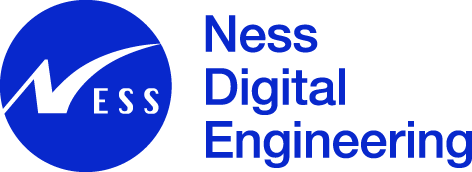Every year, a few commercials rise above the noise. They’re the ones people talk about at lunch, share in group chats, or replay just to feel that same spark again. These are not ads that try too hard to get your attention. They simply earn it.
This year, brands are finding new ways to connect. Instead of perfect scripts and polished settings, they’re focusing on stories that feel real. The goal is not to sell right away but to make you stop scrolling long enough to care.
In this list, you’ll find product commercials that stood out for all the right reasons. Each one takes a different route to the same goal: connection. Whether it’s through emotion, humor, or a bold creative idea, these ads show what modern storytelling looks like when it feels human.
Why Product Commercials Still Work
Even with social feeds filled with influencer clips and user-generated content, traditional product commercials haven’t lost their power. In fact, they have become even more meaningful. The best commercials feel less like advertisements and more like moments that make people stop, feel something, and remember the brand behind them.
Here’s why product commercials still stand out today:
- They turn products into experiences: A strong commercial doesn’t just show what a product does. It helps people imagine how it fits into their lives. Whether it’s running shoes hitting the pavement or coffee poured on a quiet morning, the product becomes part of a story.
- They communicate emotion quickly: In just a few seconds, a great ad can make you laugh, feel inspired, or even nostalgic. Emotion is what keeps people watching and what makes them remember.
- They can go viral when done authentically: Viewers share ads that feel honest and relatable. The more natural the tone, the more likely it is to connect and spread.
This is exactly what Solara stands for: Great creativity does not come from expensive studios or complicated production. It comes from understanding your audience, capturing the right feeling, and telling a story that feels real.
What Makes a Great Product Commercial Today
The best commercials today feel less like pitches and more like memories. In 2025, winning ads are ones that capture emotion, curiosity, or surprise in just a few seconds.
Here’s what sets them apart:
- Start with emotion: A great ad begins with a feeling, not a sales pitch. Whether it’s joy, curiosity, or nostalgia, emotion is what makes people remember your brand.
- Show, don’t tell: Viewers don’t want to be lectured. They want to see how your product fits into real life. Strong visuals and natural moments speak louder than scripted lines.
- Use humor when it fits: A good laugh makes your brand unforgettable. In fact, 90% of consumers are more likely to remember ads that make them laugh, and 72% say they’d choose a brand that uses humor over one that doesn’t.
- Keep it short and meaningful: Attention spans are shrinking, and short-form content dominates every platform. A few seconds of authenticity can often do more than a minute of explanation.
- Focus on real people: Authenticity wins. Real stories and faces resonate more than actors reading lines. This is why many brands now use user-generated or creator-led content.
- Stay visually consistent: The best commercials look and sound like the brand they represent. Every detail, from lighting to tone, builds recognition and trust.
- Add value or entertainment: People remember ads that make them feel something or teach them something. The best ones manage to do both.
The lesson is simple. People don’t just buy products; they buy the feeling your story gives them. Whether it’s humor, honesty, or heart, the right emotion can turn any ad into one people actually want to watch.
Now, let’s look at some product commercials that do this perfectly
Example 1: Dove — “The Code”
Dove’s “The Code” is one of the most powerful brand films of 2024. It takes on how artificial intelligence is shaping beauty standards and challenges what “perfect” really means.
The ad shows a young girl watching an AI-generated beauty tutorial, contrasted with Dove’s real message of authenticity and self-worth. It’s emotional, grounded, and feels timely in a world where nearly 90% of online content is expected to be AI-generated by 2025.
Even though this film debuted in 2024, it continues to shape how brands approach storytelling in 2025. It marked a turning point for how companies use AI not just for production, but to spark cultural conversations about truth and identity.
Why it works:
- Tells a story with emotional depth that resonates with parents and young audiences alike
- Highlights a social issue that feels urgent and real
- The tone feels human, not corporate or performative
- It strengthens Dove’s long-term brand message of “Real Beauty”
What to learn from it:
The most effective product commercials go beyond showing what something does. They remind people why it matters. Dove succeeds because it uses empathy and truth to create trust, something that can’t be faked or forced.
Example 2: Liquid Death — Safe For Work
Liquid Death’s “Safe for Work” ad is clever, dry, and perfectly on-brand. It shows office workers cracking open cans of Liquid Death during meetings and calls, acting like it is the most normal thing in the world. The humor builds quietly until the ending line says it all: “Don’t be scared. It’s just water. Don’t be scared. It’s just iced tea.”
Why it works
- Turns an everyday setting into a funny, relatable moment
- Uses subtle humor to highlight the product’s bold identity
- Keeps the message clear and human instead of overproduced
- Feels authentic to the brand’s tone which is rebellious but self-aware
Liquid Death proves that strong ideas don’t need big budgets or complex storytelling. When you know your brand voice and lean into it fully, even a quiet joke can make a loud impression.
Example 3: Nike — “Why Do It?” / “So Win” Campaign
Nike brought its iconic “Just Do It” slogan back in 2025 through the campaign “Why Do It?” The film highlights athletes across disciplines and frames greatness as a choice rather than a guarantee. It’s cinematic, bold, and emotionally charged.
Why it works
- Reintroduces a legacy slogan in a way that feels timely and intentional
- The film weaves visuals of struggle, movement, and raw athletic energy to evoke authenticity
- Positions athletes as storytellers and elevates choice over outcome
- The tone is aspirational but grounded, you feel the weight of effort, not a sales pitch
What to learn from it
This campaign teaches that heritage brands can reinvent themselves by leaning into their values. Nike doesn’t just sell gear, it sells belief. In your own ads, you don’t always need to show features. Sometimes you show purpose, and that becomes the product.
Example 4: Kalshi — NBA Finals AI Ad
Kalshi, a prediction and betting marketplace, surprised everyone with an ad during Game 3 of the 2025 NBA Finals that was created entirely using AI.
Instead of relying on traditional production, the team used AI video tools to generate surreal, visually striking scenes such as a farmer floating through eggs, an alien sipping beer, and other dreamlike moments that made viewers stop and look twice.
Why it works
- Plays into the unexpected, breaking away from predictable ad formats
- It proves that AI can create cinematic, high-impact visuals without massive production budgets
- The surreal tone sparks curiosity and online conversation, giving it viral potential
- It shows how bold creativity and AI tools can merge to deliver something entirely new
What to learn from it
Kalshi’s ad shows that AI is not just a way to save time; it is a new creative partner. When used well, it can turn unconventional ideas into reality and make brands stand out in the noise. The key is to stay true to your message while letting AI expand what is possible visually and emotionally.
Pro Tip: With Solara AI, you can apply the same creative thinking on a practical level. Solara helps you create high-performing, authentic ad videos that look natural but are powered by smart automation. It gives your brand the freedom to experiment with storytelling while keeping everything on strategy and on brand.
Example 5: Coign — Fully AI-Generated National TV Ad
Coign, a U.S. credit card company, released what it calls the industry’s first fully AI-generated national TV commercial in 2025. The 30-second ad features AI-crafted characters talking about “spending right today” in a tone aligned with Coign’s brand message. It was produced in under half a day and reportedly cost less than 1% of what a traditional shoot would.
Why it works
- Showcases how far AI creativity has come, with believable actors, lighting, and voice, without a physical set
- The low cost and speed make it a powerful case study in scaling ad production
- Because the visuals are unexpected for finance ads, it draws attention simply by existing
- Leans into novelty without losing clarity, you understand the message quickly
What to learn from it
This ad proves that AI isn’t just for filler content or experiments; it can lead full campaigns successfully. Use it as inspiration: if your product is simple enough, AI can help you make bold, rapid creative tests. Combine that speed with your best ideas and refine what works.
Example 6: Adidas — “Superstar, The Original” Campaign
Adidas relaunched its iconic Superstar sneaker in 2025 with a campaign titled “Superstar, The Original.” Samuel L. Jackson narrates a visual ode to originality, blending high-contrast black-and-white visuals and a cast of cultural icons across music, fashion, and sports.
Why it works
- It leans into cultural legacy and identity in a way that feels both nostalgic and modern
- The aesthetic is bold, as the stripped visuals let each frame feel intentional
- Combines storytelling with iconography, the Superstar silhouette becomes a symbol, not just a shoe
- Unites voices from different creative fields to reinforce that originality is multi-dimensional
What to learn from it
Adidas’ campaign demonstrates how a product commercial can double as a cultural statement. It doesn’t just sell sneakers, it sells identity, heritage, and the idea of being “the original.” When your product has history or fandom, lean into that. Use visuals and voices that feel bigger than the item itself.
Example 7: Apple — “iPhone 17 Pro | The Ultimate Pro”
Apple released a sleek ad for the iPhone 17 Pro that positions it as the pinnacle of performance and design. The spot highlights the device’s durability, advanced camera system, and elegant design in a cinematic, high-contrast style.
Why it works
- Blends product benefits with visual storytelling, you see what the phone can do instead of being told everything
- The tone is premium without being unrelatable; it balances aspiration and clarity
- The cinematic shots make every frame feel intentional
- It uses Apple’s reputation for design and performance as part of the story
What to learn from it
When you advertise a high-end product, your visuals and tone should reflect the value. Don’t just list specs. Show how the product fits into the life of someone who cares about quality.
Example 8: Volvo – “100% AI Spot for Saudi Arabia”
Volvo made waves with a commercial that was fully created using artificial intelligence, made specifically for the Saudi Arabian market. The spot was built from start to finish with generative AI video tools, including the script, visuals, and voiceovers. Yet it still feels cinematic and true to Volvo’s calm, safety-focused identity.
Why it works
- Localizes with precision because the ad feels culturally relevant while still aligning with Volvo’s global message.
- The tone, pacing, and visuals all reflect Volvo’s focus on safety and trust.
- The production feels polished and emotionally engaging, showing that AI can enhance creativity when used thoughtfully.
- Saves time and resources by allowing Volvo to test and adapt quickly for a specific market.
What to learn from it
Volvo’s campaign shows that creativity and technology can work together naturally. When used with intention, AI becomes a creative partner that helps brands tell more personal, meaningful stories for different audiences.
Create Product Commercials That Feel Real with Solara
Great commercials do not rely on big budgets or studio lights. They work because they feel real. Solara helps brands capture that feeling. It studies your tone, understands your audience, and turns simple ideas into video commercials that look natural and connect instantly.
It is built on the same shift, shaping the future of AI in social media, where technology supports creativity rather than replaces it.
Here is why brands love using Solara:
- Tells your story your way: Every commercial feels true to your brand voice and vision.
- Saves time and energy: Solara helps plan, publish, and track your videos so you can stay focused on the creative side.
- Keeps your message consistent: Your tone, visuals, and personality stay the same across every ad.
- Gets smarter over time: The more you use it, the better it understands what your audience connects with.
Your next great commercial does not need to be complicated. It just needs to feel real.
Try Solara and see how easy it is to turn simple ideas into videos that people actually stop to watch.
Subscribe to our newsletter
Lorem ipsum dolor sit amet, consectetur adipiscing elit. Suspendisse varius enim in eros elementum tristique.


.jpg)

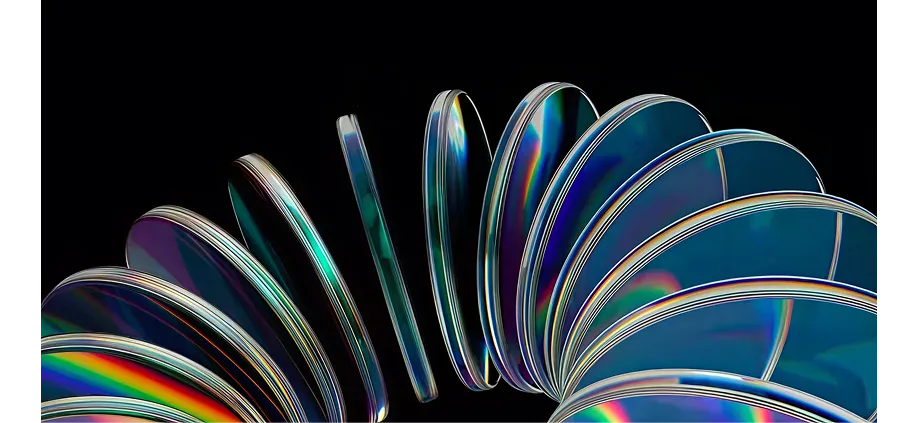


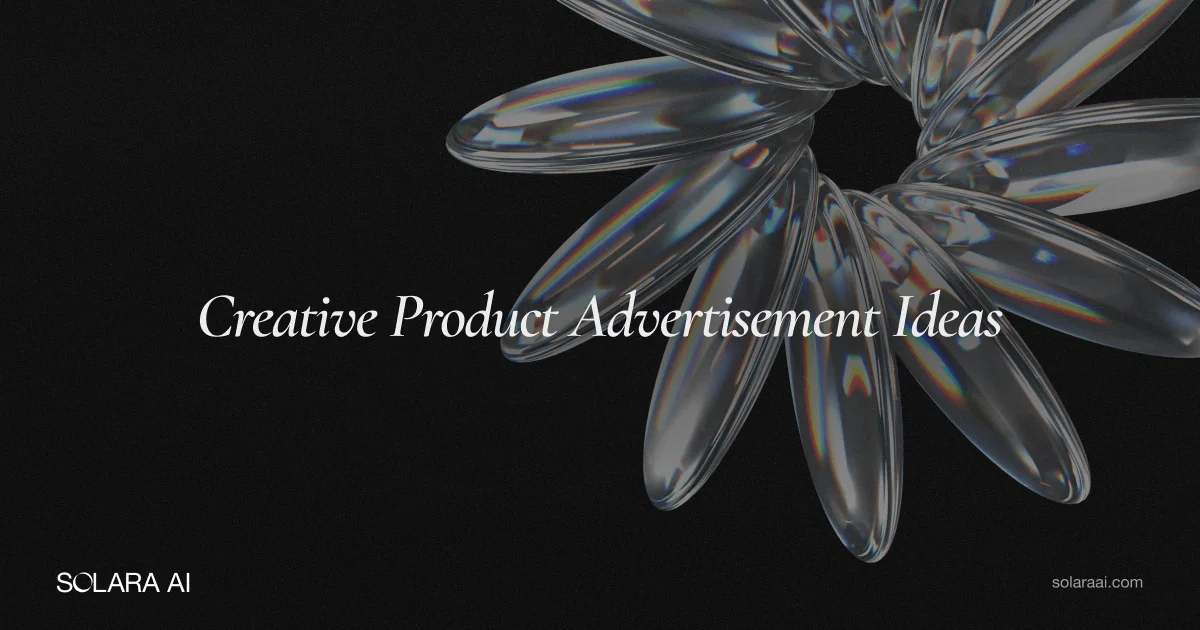




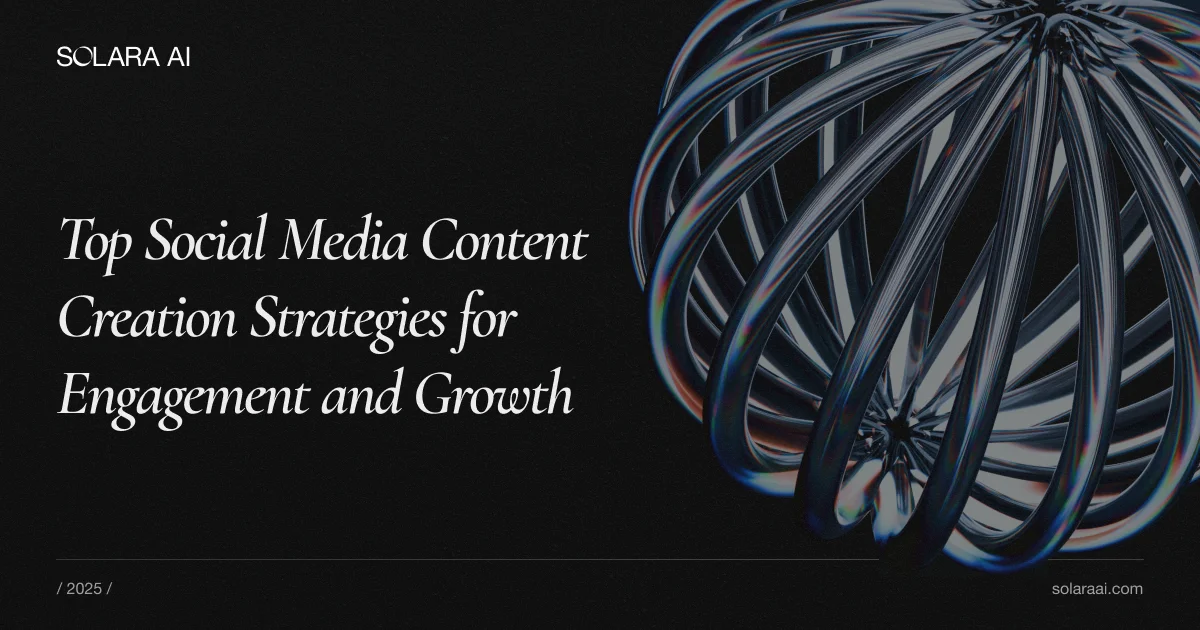
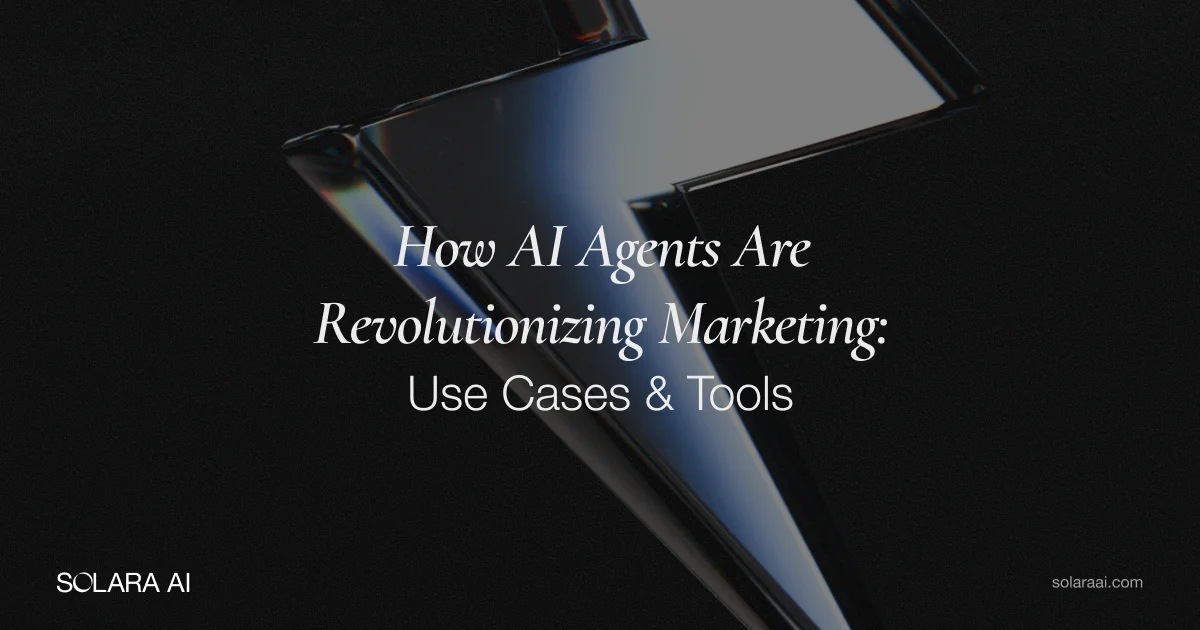
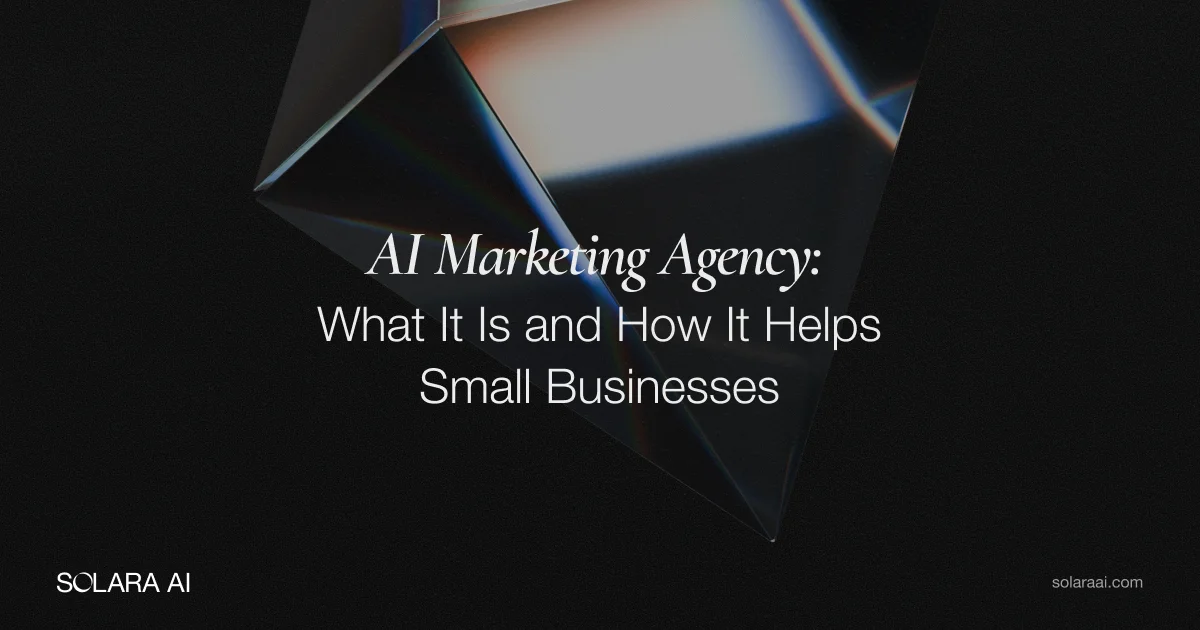
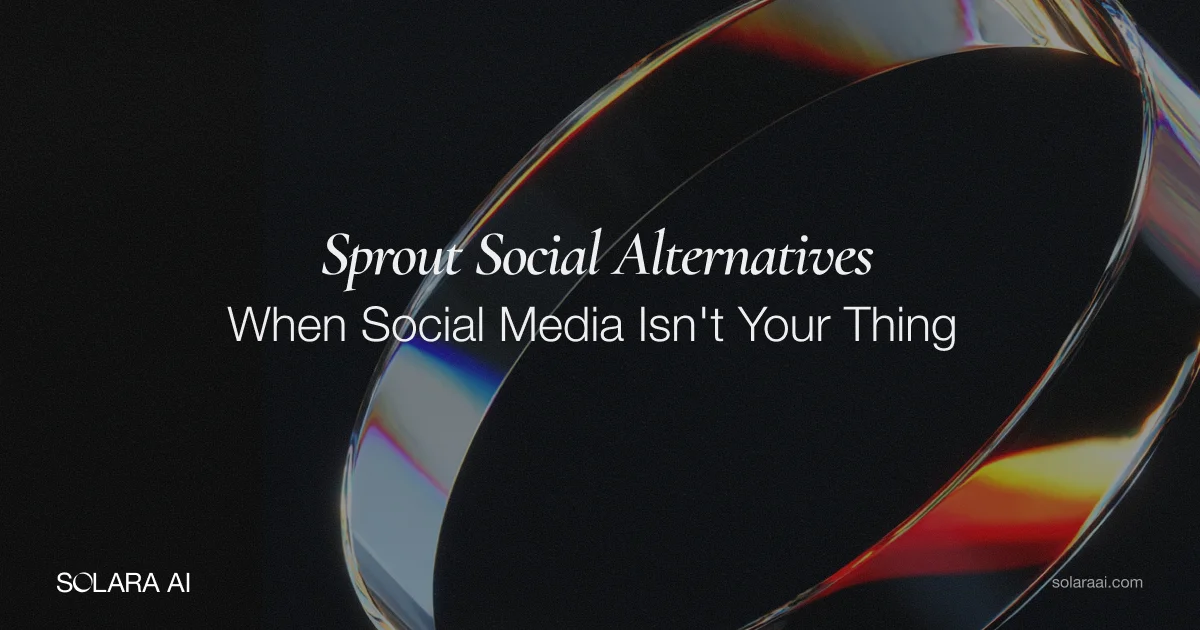



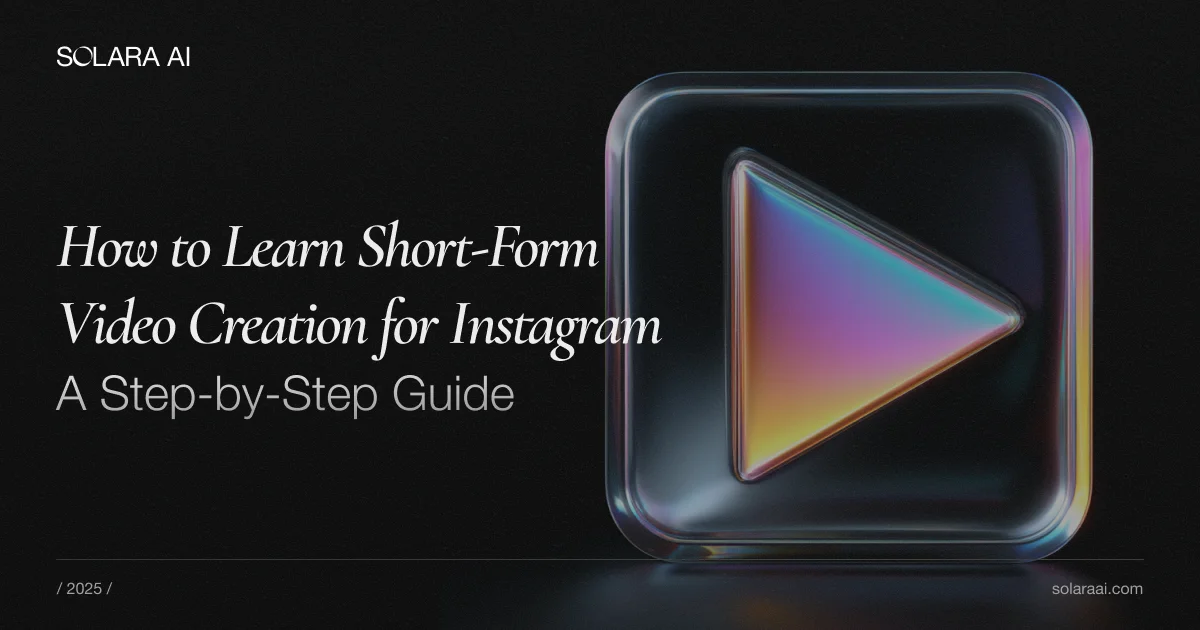


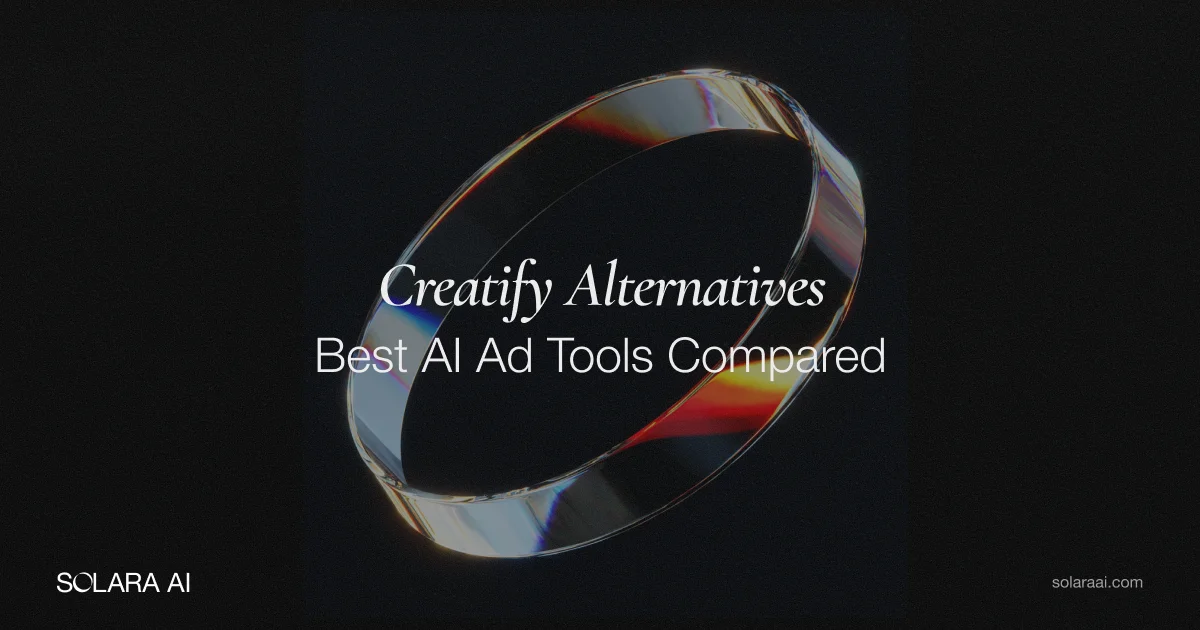



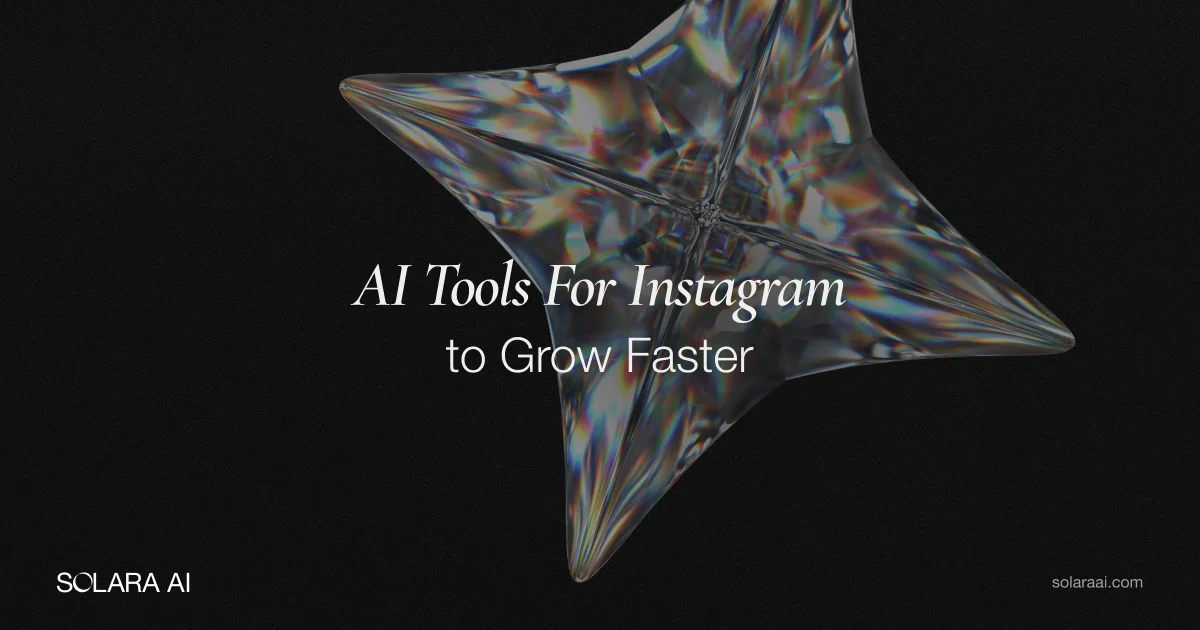
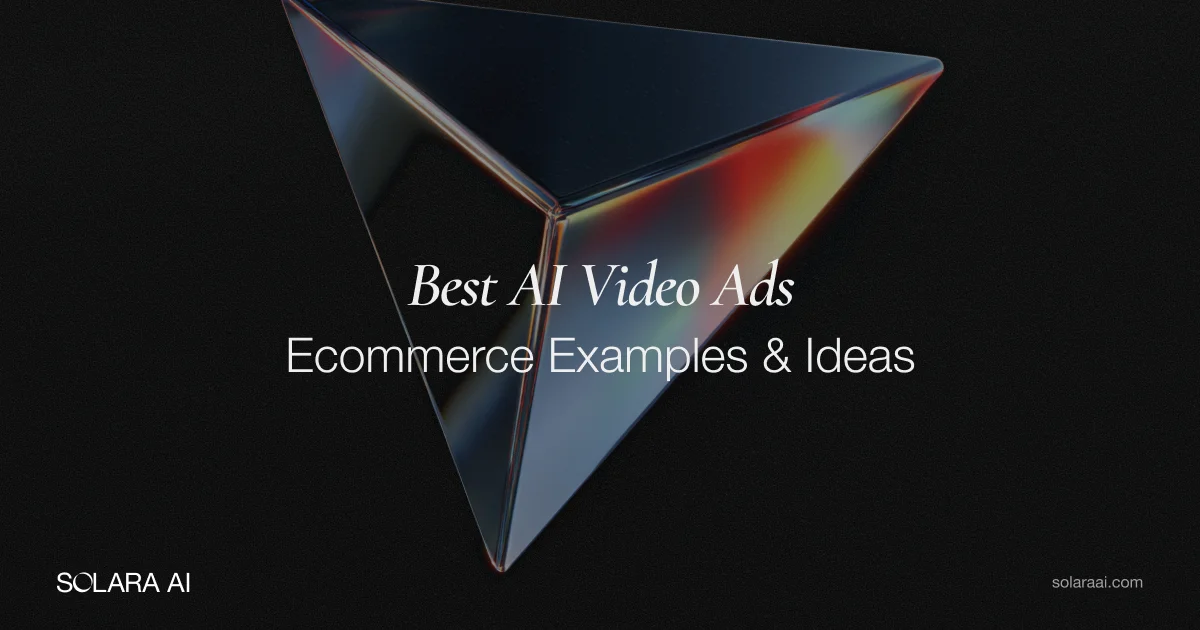
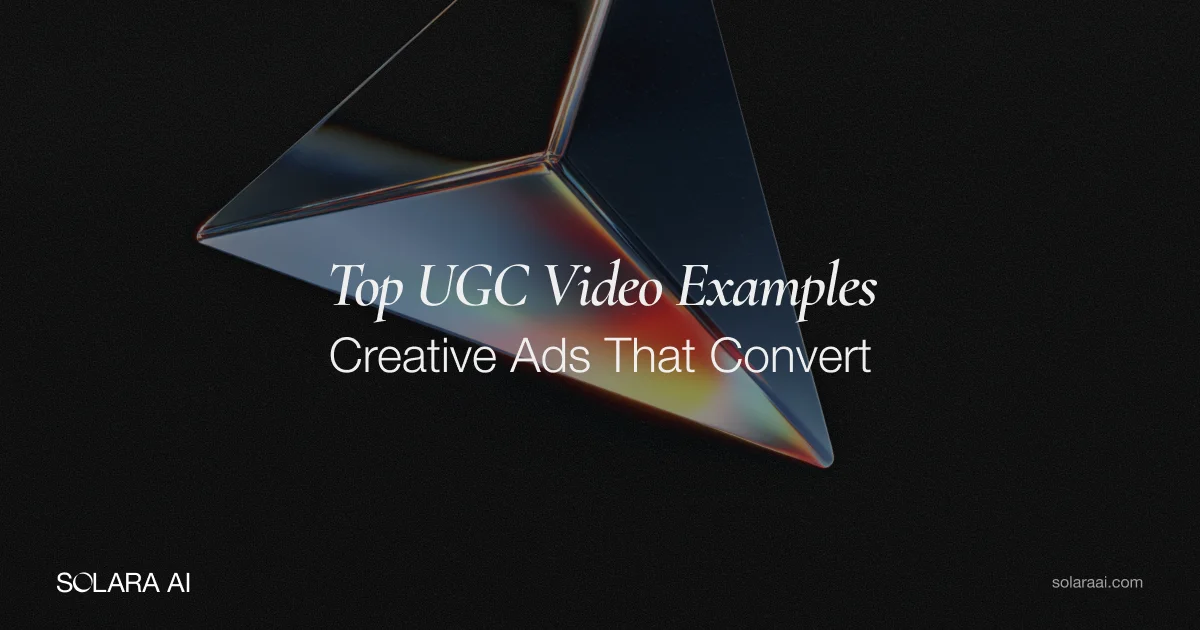

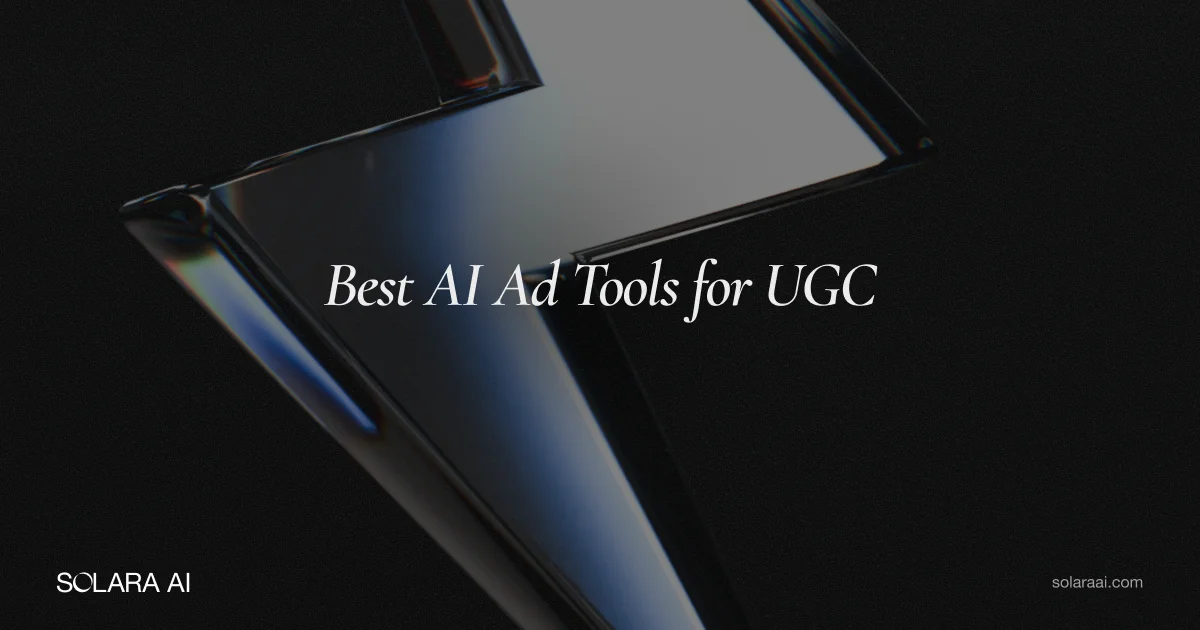

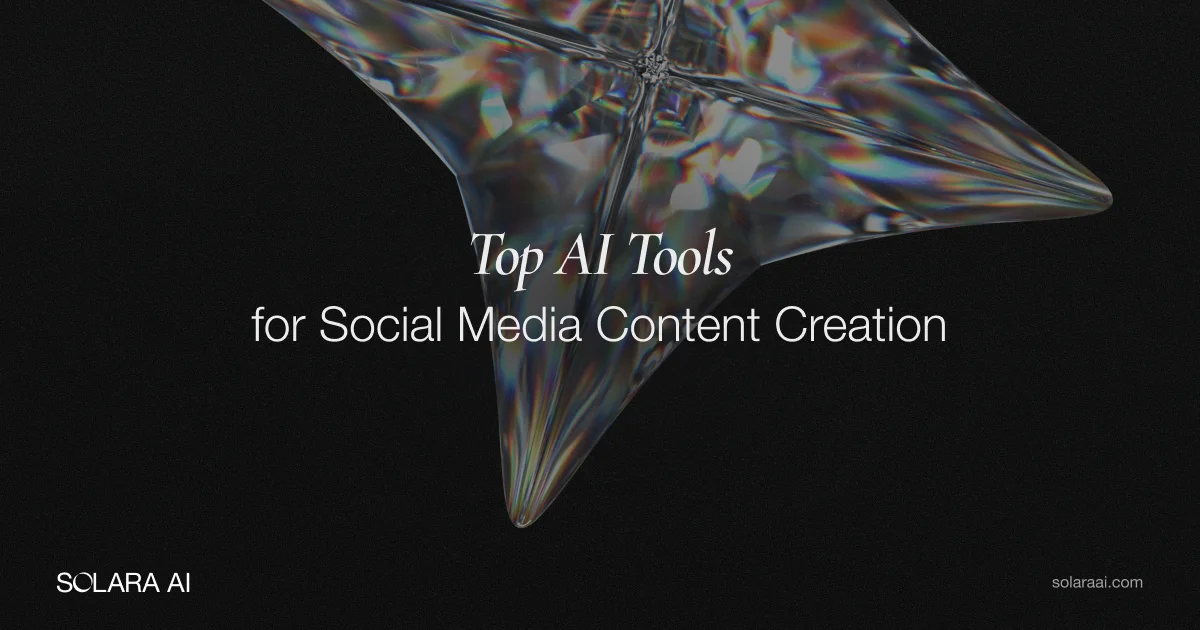





.png)
